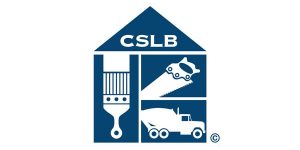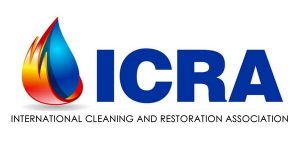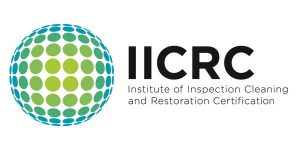
With any sort of water leak or intrusion the groundwork for damage is laid down within minutes, as moisture quickly soaks in too deeply for natural evaporation to remove it fast enough. Mold, warping wood, and disintegrating drywall can get started in as little as 24 hours and continue for weeks. But by beginning immediately, applied structural drying technicians together with the latest in equipment can prevent most (if not all) secondary damage, greatly reducing the cost and delays of water damage restoration. They’ll thoroughly dry the structure, and may provide drying in place services for the building contents as well.
Drying The Structure
Certification as an applied structural drying technician requires specific coursework, hands-on experience, and ongoing education. Topics include not only how to identify signs of hidden water damage and dry the building but technical topics as well such as how different wet structural materials behave, microbiology, psychometrics, ventilation and air movement, and much more. That way they understand what’s going on and what might happen next.
Industry-specific drying equipment is also critical in ending those weeks of progressive deterioration. A modern arsenal includes high-capacity pumps, high-performance surface water extraction vacuums, refrigerant dehumidifiers, specialized air movers, purpose-built dryers, and sensitive moisture-measuring instruments. A full line of gear also includes thermal foggers, ozone generators, and/or hydroxyl generators to neutralize mold and bacterial odors throughout the building all at once.
So an applied structural drying expert’s knowledge and experience work together along with state-of-the-art equipment to block as much additional damage as possible. That rescues more belongings and greatly reduces the cost and time it takes for repairs, returning your life back to normal all the sooner. In extreme situations an advanced drying system can prevent structural damage and the huge costs and disruptions of demolition and reconstruction for major mold removal and water damaged areas.
Drying Building Contents
With prompt professional drying and cleaning, carpet, upholstered furniture, and other building contents can often be rescued. But there’s been a bit of controversy in our industry as to the best overall approach to the drying process — pack out versus drying in place.
Pack Out
After significant flooding pack out services remove possessions from the damp and contaminated environment for treatment off-site. That speeds restoring the building and allows the use of equipment not easily moved to the home or business. But it does add the costs and delays of packing, unpacking, repacking, and unpacking again. Plus creating and tracking a detailed inventory all along the way.
Drying In Place
With recent advancements in equipment and techniques drying in place is now practical in many situations. After surface water extraction, dehumidifiers may have enough capacity to dry out the structure and its contents at the same time. In some cases it may not even be necessary to remove carpet and pad with in-place drying. There’s also equipment specifically designed for drying hardwood floors in place, avoiding the major costs and disruptions of complete replacement.
Our Conclusion
It takes a well-trained drying technician with hands on experience to determine if in-place drying is appropriate. And all the right tools & equipment to make it work. There are two key factors. First, measurements of moisture content needs to show that drying can be achieved quickly enough. Second, if there is a biohazard contamination (water Categories 2 or 3, formerly called gray and black) if must also be possible to thoroughly disinfect an item for drying in place.









